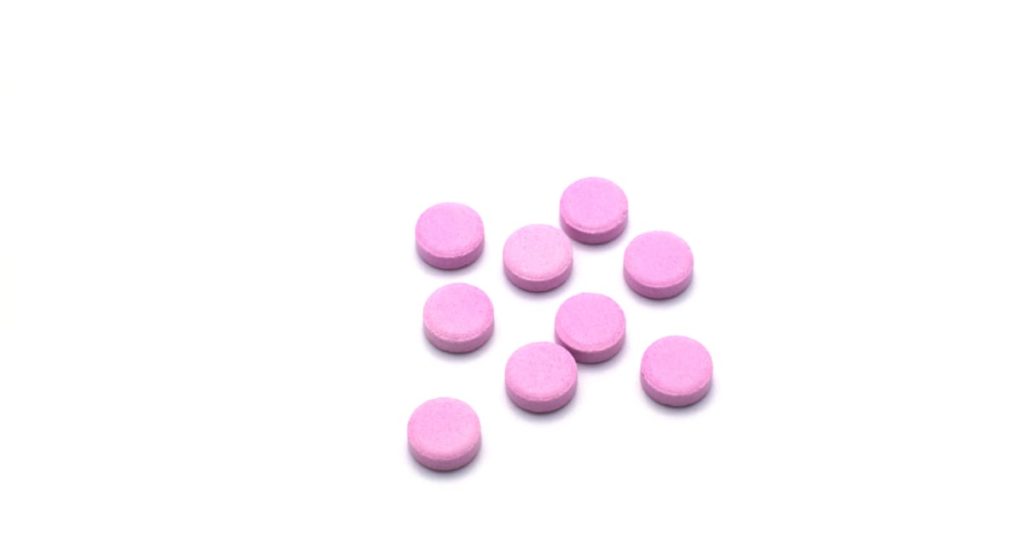Adderall is a stimulant medication that combines two types of amphetamines. Along with another medication called Ritalin, it ranks as one of the most common treatment options for the symptoms of attention-deficit hyperactivity disorder, or ADHD. When used as directed by a doctor, Adderall generally poses very little risk for the onset of stimulant addiction. However, anyone who misuses or abuses the medication has a very real chance of developing addiction-related issues. Current research reveals exactly which population groups now have the highest chance of abusing/misusing Adderall and heading down the road to addiction.
Adderall Essentials
Adderall is a branded medication that comes in two forms, known as Adderall and Adderall XR. Both of these products contain the stimulant amphetamine, as well as a chemically related substance called dextroamphetamine. When given to a typical person affected by ADHD, Adderall has a somewhat paradoxical impact. Instead of making hyperactivity and inattention worse, as you might expect, it has a focusing effect that makes it easier to cope with these two primary ADHD symptoms. Doctors also sometimes prescribe the medication as a treatment for the sleep disorder narcolepsy.
Who Is at Highest Risk for Abuse and Addiction?
Many people believe that the highest risks for Adderall abuse and addiction occur among teenagers and preteens. This makes a certain amount of sense, since children in these age groups with ADHD have a pretty good chance of gaining direct access to the medication via a doctor’s prescription. However, as the results of a study published in 2016 in The Journal of Clinical Psychiatry indicate, college-age young adults between the ages of 18 and 25 actually stand out as the single largest group of Adderall abusers/misusers. In this study, researchers from Johns Hopkins University looked at nationwide data on the non-prescription use of Adderall from 2006 through 2011. During the six years under consideration, non-sanctioned use of the medication increased by 67%. In this same timeframe, emergency room trips related to Adderall abuse/misuse spiked by a whopping 157%. Crucially, the rate of Adderall prescriptions for young adults between the ages of 18 and 25 did not increase. This fact makes the steep rise in dangerous use of the medication all the more alarming.
How Does Adderall Abuse Occur?
Since it contains potentially addictive stimulants, Adderall is a controlled substance. This means that only people with legitimate prescriptions can legally purchase the medication. So, if that’s the case, how does Adderall abuse occur? The Johns Hopkins study provides important information on this topic, at least as it applies to college-age young adults. It turns out that most of the people in the demographic group who abuse/misuse Adderall gain access to the medication through a family member or friend. In turn, roughly 66% of these family members and friends gain their access to the medication through a doctor’s prescription written in their names. Frequently, young adults don’t have to pay for the Adderall they receive in this manner. However, significant numbers of people in this age group obtain the medication by paying a third party they know personally or a drug dealer.
Why Does Adderall Abuse Occur?
Research indicates that the spike in Adderall abuse among young adults between the ages of 18 and 25 is related to the rise in the use of the medication as a “study drug.” Public health officials and addiction experts use this term to refer to any drug used to enhance academic performance on tests and/or classwork. Adderall and other ADHD stimulant medications such as Ritalin, Focalin and Concerta are adopted as study drugs because of their perceived ability to improve mental focus and increase mental/physical stamina. The academic benefits of study drugs are disputed at best. This lack of efficacy stands in stark contrast to the clear dangers associated with consuming Adderall, or any other stimulant medication, without a medically verified reason. For example, compared to a legitimate user with an ADHD diagnosis, a misuser/abuser without a diagnosis has a substantially higher chance of becoming physically dependent on a study drug and eventually developing a case of stimulant use disorder. Doctors use this illness category to cover all cases that involve separate or combined symptoms of stimulant addiction and damaging, non-addicted stimulant abuse. Sources: U.S. National Library of Medicine: Dextroamphetamine and Amphetamine Johns Hopkins University: Adderall Abuse on the Rise Among Young Adults, John Hopkins Study Suggests The University of Texas at Austin – University Health Services: Study Drugs

